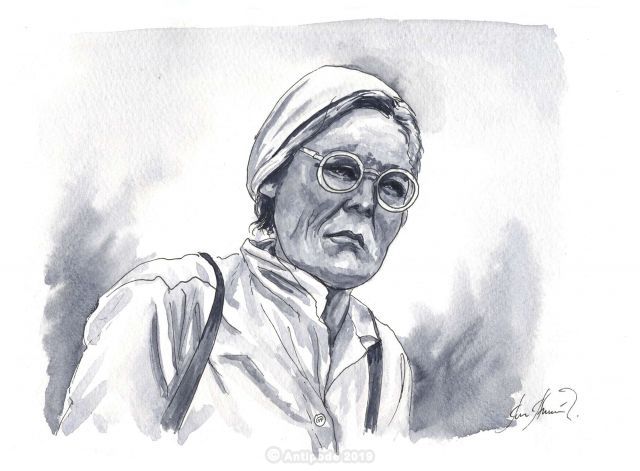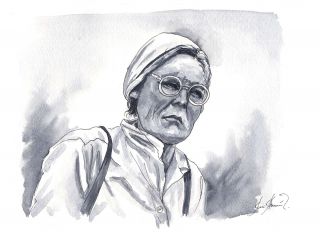

Who was Maria-Reiche?
Biography of Maria Reiche
Born in Dresde in 1903 and died in 1998 in Lima, Maria Reiche was a German mathematician, astronomer, linguist (she spoke 5 languages) and archaeologist, who discovered many things and made researches on Nazca lines.
She arrived in Peru casually, to provide education to the son of the German consul in Cusco and fascinated by the country, she decided to stay. In Lima, where she was a scientific translator, she met the American archaeologist Paul Kosok, who took her as an assistant in his researches on Nazca lines. In 1946, when came back to United States, she stayed alone and continued searching. She convinced, among other things, an airline to help her to take photos of the lines in-flight and published in 1949 “The Mystery in the Desert”. Her theory; the lines represent an astrological calendar (toward several constellations) to help agriculture. Indeed, some lines show the exact position of the sunrise and sunset during the winter and summer solstice…
Thanks to the money won with her book publication, she subsidized research projects and then, led several education campaign to the population and the local authorities, to maintain the site preservation. At a moment, she even engaged a private monitoring, with her personal money.
In fact, several risks constrained the lines, in particular during the Pan-American Highway construction, or during walks of many people not interested by those strange signs on the floor… With age, her health has deteriorated soon; she lost her sight, used a wheelchair and suffered of Parkinson disease. Nazca is very famous and is an important touristic area, it is thanks to Maria Reiche that Nazca has been preserved and nominated to the World Heritage Site.



